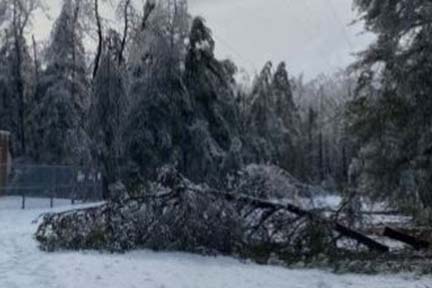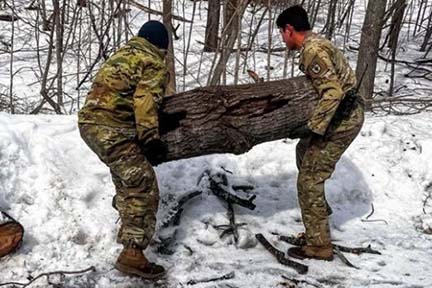
Northern Michigan pathways named Pure Michigan Trails
By HEATHER JOHNSON DUROCHER
Trails and resources writer and editor
Parks and Recreation Division
Michigan Department of Natural Resources
Two trails in the northern Lower Peninsula are recipients of the 2025 Pure Michigan Trail designation, an annual recognition that spotlights some of the state’s best trail experiences.
The Betsie Valley Trail, a 22-mile pathway extending from Frankfort through Elberta and Beulah to Thompsonville in Benzie County, and Chain of Lakes Water Trail, a 100-plus mile inland water trail made up of 12 lakes and interconnected rivers in northwest Michigan, are this year’s Pure Michigan Trail recipients.
The announcement was made during this week’s Pure Michigan Governor’s Conference on Tourism at Suburban Collection Showplace in Novi.
“The Betsie Valley Trail and Chain of Lakes Water Trail offer exceptional hiking, biking and paddling experiences while also connecting residents and visitors to local communities and businesses,” said Kelly Wolgamott, vice president of Pure Michigan, part of the Michigan Economic Development Corporation. “Pure Michigan Trails represent the best of Michigan’s trail opportunities, and these extraordinary resources exemplify that designation.”
 The Pure Michigan Trail and Trail Town Designation Program is a partnership between the Michigan Department of Natural Resources and Pure Michigan and is designed to help boost the state’s position as the “Trails State.” The Pure Michigan Trail and Trail Town Designation Program is a partnership between the Michigan Department of Natural Resources and Pure Michigan and is designed to help boost the state’s position as the “Trails State.”
“The Pure Michigan Trail program recognizes Michigan pathways that provide a quality trail experience, whether these trail users are hiking, biking, riding or paddling,” said DNR State Trails Coordinator Tim Novak. “The organizations and dedicated individuals helping maintain these high-quality trails have worked hard to support and advocate for trails and trails users while providing safe, accessible recreational experiences year-round.” |
Applicants apply for the designation, with an annual deadline of Jan. 15. Recipients must submit required documentation to the DNR, with recipients receiving recognition in the form of signage with branding placed in appropriate trail locations and inclusion in Pure Michigan trail maps and marketing material.
Some years, the program also designates Pure Michigan Trail Towns. This year, however, recipients include only two specific trails.
“This year’s Pure Michigan Trails have broad community support,” Novak said. “Their respective organizations understand and support the economic and social impacts of trails and how important they are to improving quality of life for residents and visitors. That is why we are proud to designate them as Pure Michigan recipients.”
Pure Michigan Trails promote healthy lifestyles, conserve natural resources and provide a catalyst for economic activity in local communities. Here’s more about this year’s recipients:
Betsie Valley Trail
 The Betsie Valley Trail, a rails-to-trails pathway founded in 1992, features a scenic section of the former Ann Arbor Railroad originally running from Toledo to Frankfort-Elberta. Nearby natural areas include the Betsie River, wetlands with exceptional birding, the Pere Marquette State Forest, farm fields, Crystal Lake, turtle ponds, marshland, Lake Michigan beach and lighthouse, and more. The Betsie Valley Trail, a rails-to-trails pathway founded in 1992, features a scenic section of the former Ann Arbor Railroad originally running from Toledo to Frankfort-Elberta. Nearby natural areas include the Betsie River, wetlands with exceptional birding, the Pere Marquette State Forest, farm fields, Crystal Lake, turtle ponds, marshland, Lake Michigan beach and lighthouse, and more.
“We were thrilled to hear the news of our Pure Michigan Trail designation! Our group has been dedicated to the development and maintenance of the Betsie Valley Trail since its inception and it’s energizing to learn that our work is being recognized,” said Jim Gribble of Friends of the Betsie Valley Trail. “We’ve seen a large increase in the use of the trail and with our efforts underway to pave the trail between Beulah and Thompsonville we are working to make it even more accessible to all. Thank you for this important recognition.” |
Chain of Lakes Water Trail
The Chain of Lakes Water Trail is a collection of 12 interconnected lakes providing more than 100 miles of quality paddling experiences for all levels of paddlers in northern Michigan. Paddlers can travel through a variety of different places from small, quiet lakes to the iconic turquoise waters of Torch Lake, the second largest inland lake in Michigan. The water trail is connected to four communities to enjoy as part of the paddling experience. These include Central Lake, Bellaire, Ellsworth and Elk Rapids.
“Paddle Antrim is honored that the Chain of Lakes Water Trail — which we proudly host and steward in northern Michigan— has been recognized as the first Pure Michigan Water Trail,” said Deana Jerdee, executive director of Paddle Antrim. “This designation celebrates our ongoing commitment to providing high-quality, accessible paddling experiences while protecting the health of our cherished waterways. We look forward to continuing our efforts to enhance access, stewardship and safety across the entire Chain of Lakes Water Trail and we invite you to come explore all it has to offer.”
Learn more about Michigan’s thousands of miles of trails, find maps and get details on the Pure Michigan Trail and Trail Towns Designation Program, including past trail and trail town recipients, at Michigan.gov/DNRTrails.
Check out previous Showcasing the DNR stories at Michigan.gov/DNRStories. To subscribe to upcoming Showcasing articles, sign up for free email delivery at Michigan.gov/DNREmail.
Note to editors: Contact: John Pepin, Showcasing the DNR series editor, 906-226-1352. Accompanying photos and a text-only version of this story are available below for download. Caption information follows. Credit Michigan Department of Natural Resources, unless otherwise noted.
Text-only version of this story.
Betsie Valley Trail: The Betsie Valley Trail, a Benzie County rails-to-trails pathway founded in 1992, features a scenic section of the former Ann Arbor Railroad originally running from Toledo to Frankfort-Elberta. Photo credit: Friends of the Betsie Valley Trail.
Chain of Lakes Water Trail: The Chain of Lakes Water Trail is a collection of 12 interconnected lakes providing more than 100 miles of quality paddling experiences for all levels of paddlers in northern Michigan. Photo credit: Michigan Water Trails. |



 Anglers should note that in Upper Peninsula waters, the walleye and northern pike possession seasons open Thursday, May 15.
Anglers should note that in Upper Peninsula waters, the walleye and northern pike possession seasons open Thursday, May 15.

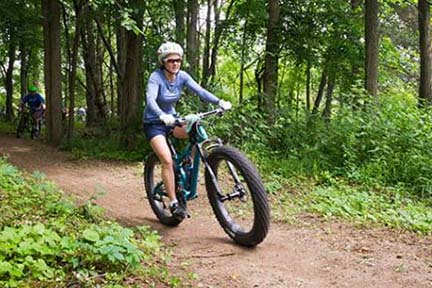

 The Pure Michigan Trail and Trail Town Designation Program is a partnership between the Michigan Department of Natural Resources and Pure Michigan and is designed to help boost the state’s position as the “Trails State.”
The Pure Michigan Trail and Trail Town Designation Program is a partnership between the Michigan Department of Natural Resources and Pure Michigan and is designed to help boost the state’s position as the “Trails State.”
 The
The 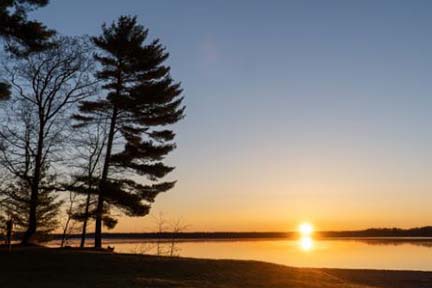








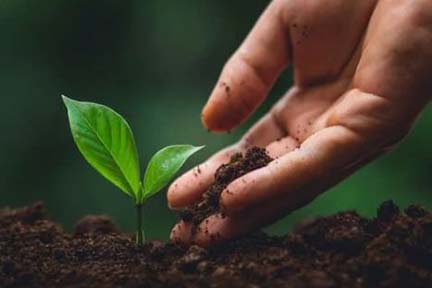

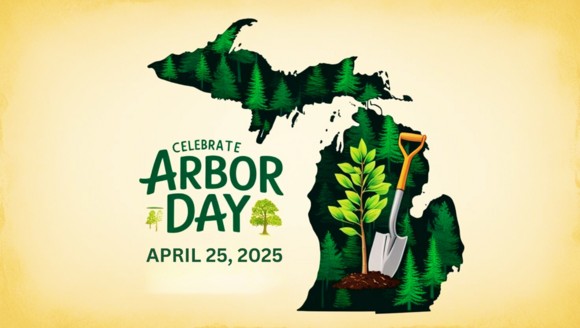


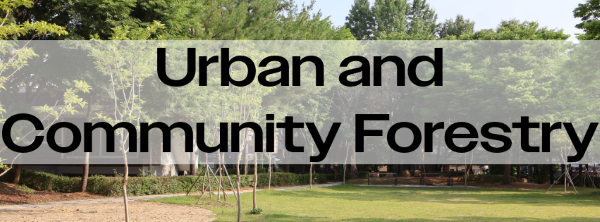
 The DNR has pledged to plant 50 million trees by 2030, and you can help. Every tree you plant and track on
The DNR has pledged to plant 50 million trees by 2030, and you can help. Every tree you plant and track on 